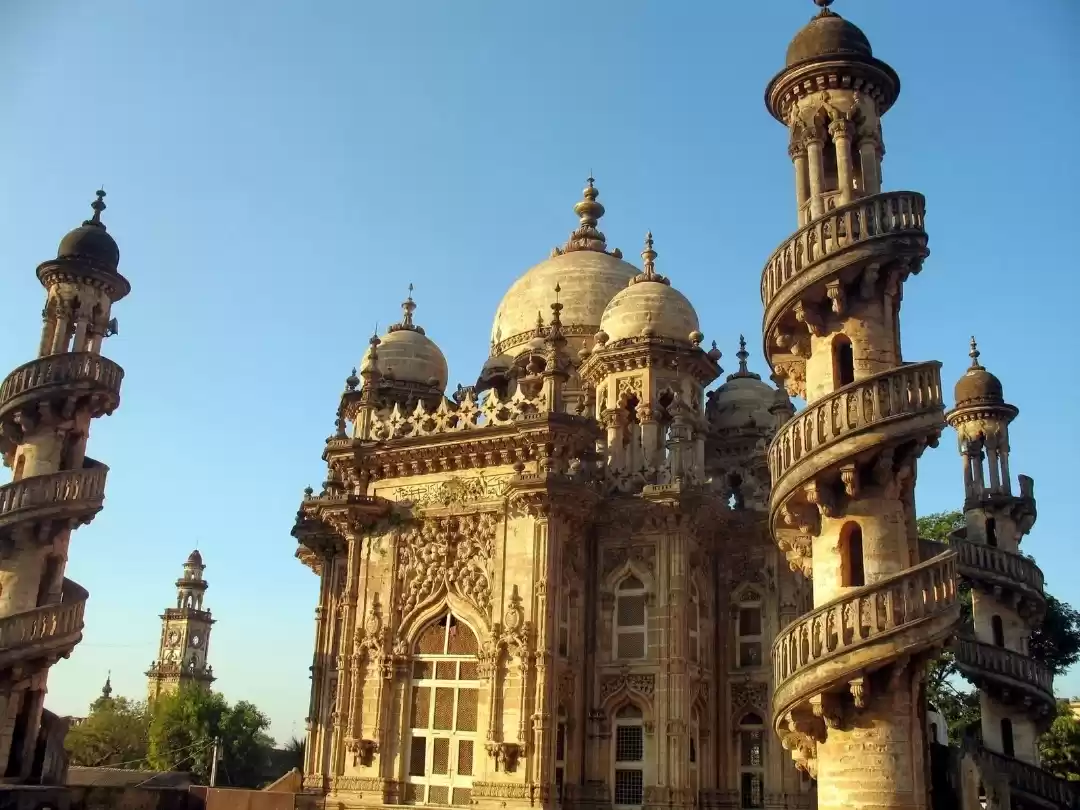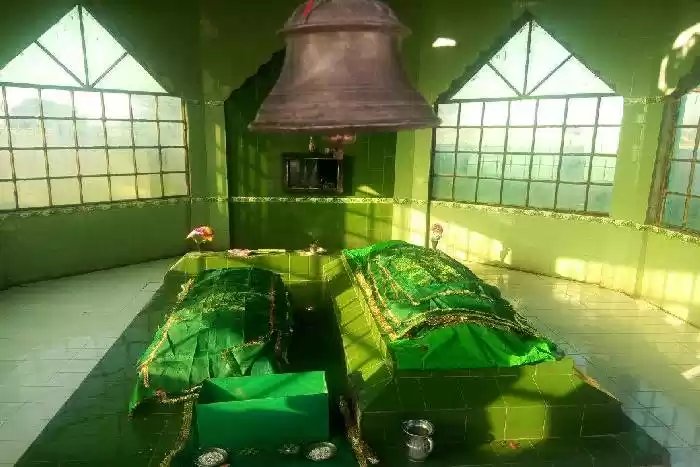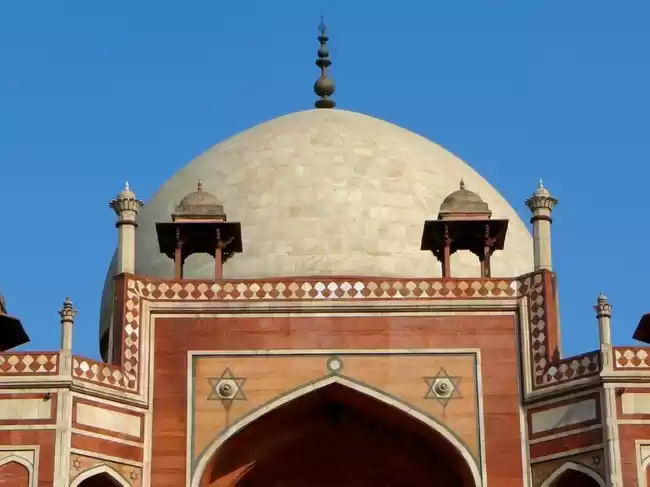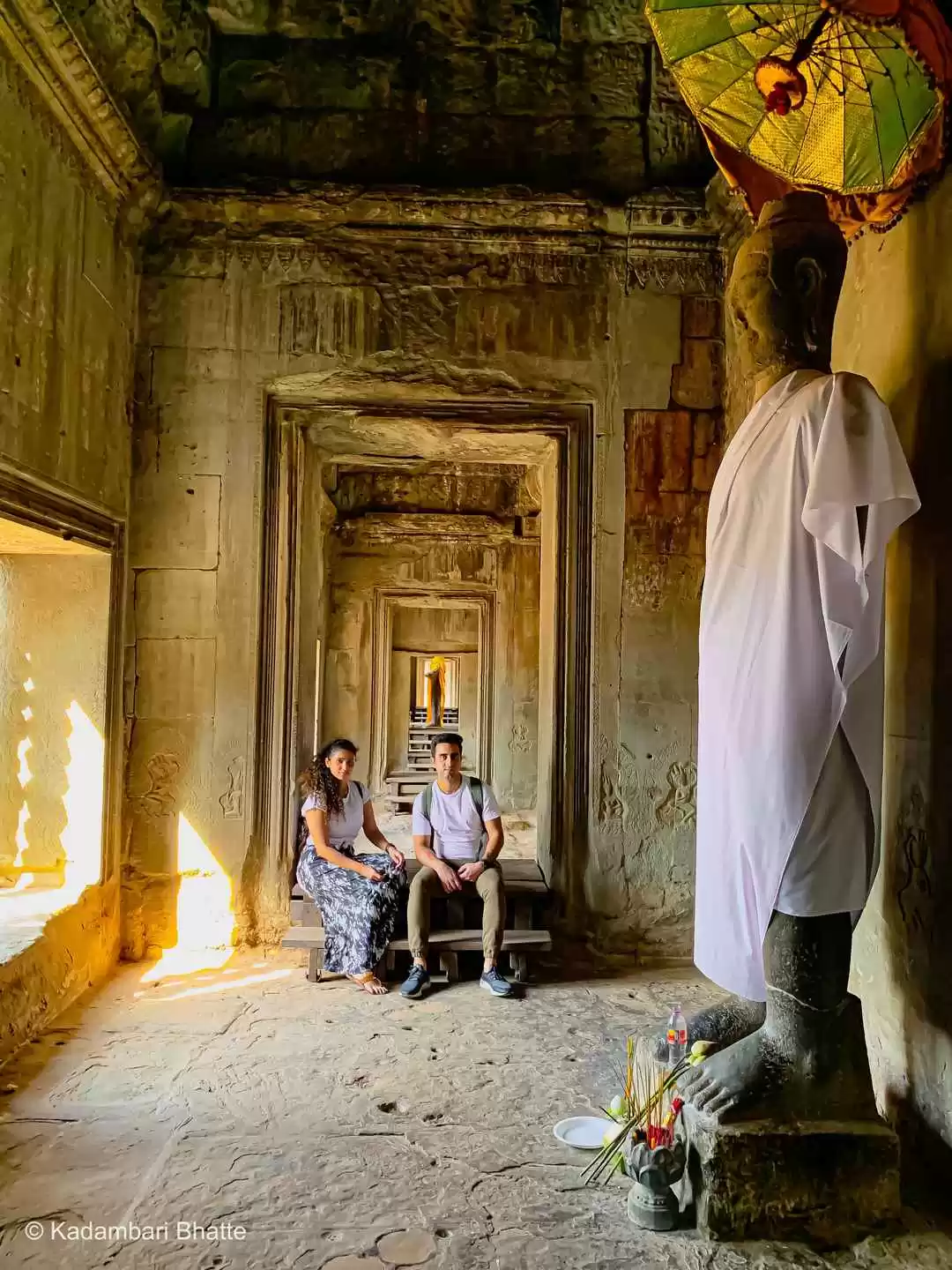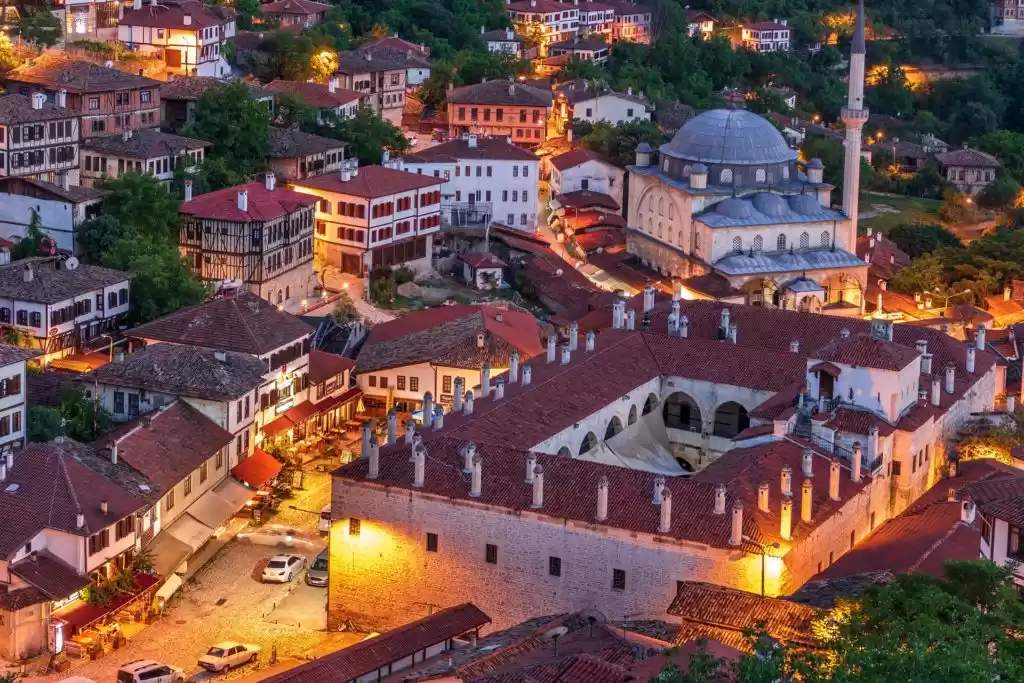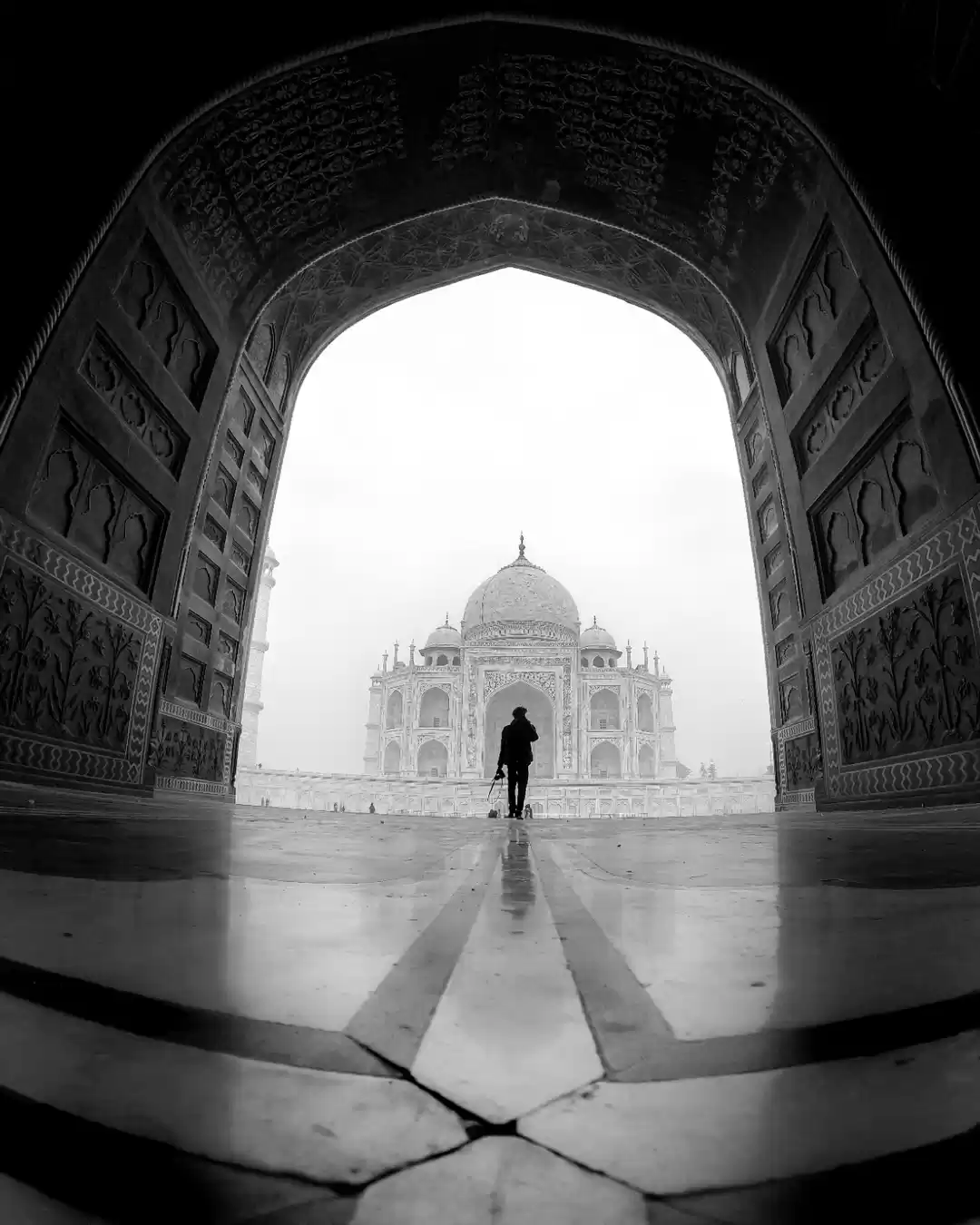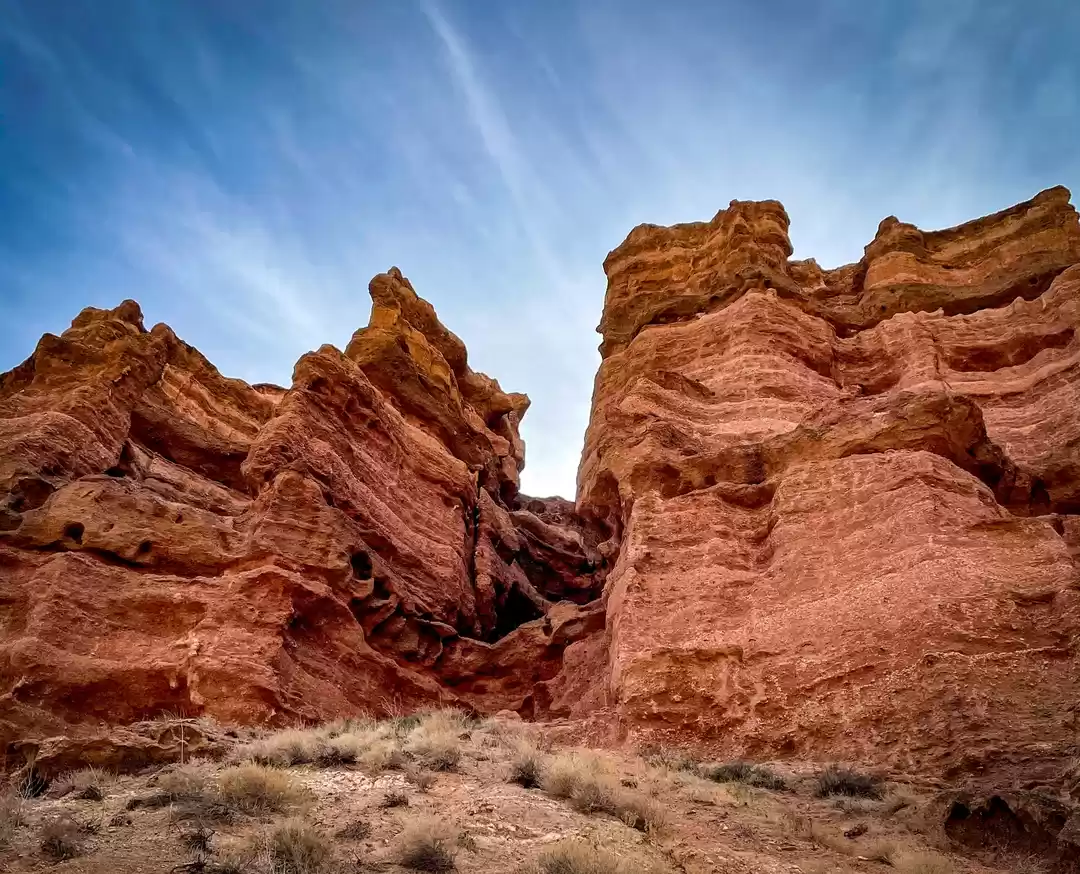Have you ever wondered what it would be like to see one of the seven wonders of the ancient world? If you are a history buff, an architecture lover, or a curious traveler, you might want to add the Mausoleum at Halicarnassus to your bucket list. This magnificent monument was built in the fourth century B.C. by Artemisia, the queen of Caria, as a tribute to her husband and brother, Mausolus. It was so impressive and unique that it became one of the most admired and celebrated structures of the ancient world, and inspired the word "mausoleum" for any grand tomb.
In this article, you will learn more about the history, architecture, and significance of the Mausoleum at Halicarnassus, as well as how to plan your visit to the site. You will also find out the best time to visit, the places nearby, the places to stay, and the activities and experiences to enjoy. Whether you are traveling solo, with your family, or with your friends, you will find something to suit your interests and preferences. So, let's get started!

The Rise of Caria and the Reign of Mausolus
Before we dive into the details of the mausoleum, let's first understand the historical background and context of Caria, the region where the mausoleum was built. Caria was an ancient kingdom that was located in the southwestern part of Anatolia, now Turkey. It was part of the Persian Empire, but enjoyed a great degree of autonomy and independence. The most famous and powerful ruler of Caria was Mausolus, who reigned from 377 to 353 B.C. He was a visionary and ambitious leader, who expanded his territory, strengthened his army, and improved his economy. He also had a great appreciation and admiration for the Greek culture, and adopted many of its aspects in his administration, art, and architecture. He made Halicarnassus, a coastal city, his capital, and transformed it into a flourishing and splendid metropolis.
The Love and Grief of Artemisia
Mausolus was married to his sister, Artemisia, who was also his co-ruler and partner. They had a close and loving relationship, and shared the same vision and passion for their kingdom. When Mausolus died in 353 B.C., Artemisia was devastated and heartbroken. She decided to build the most magnificent and glorious tomb for her husband, as a way of honoring his memory and expressing her love. She spared no expense and effort, and hired the best architects and sculptors from Greece and Egypt to design and construct the mausoleum. She also personally supervised and monitored the progress of the project, and even contributed some of her own ideas and suggestions. She died before the mausoleum was completed, but her wish was fulfilled by her successors, who finished the work in 350 B.C.
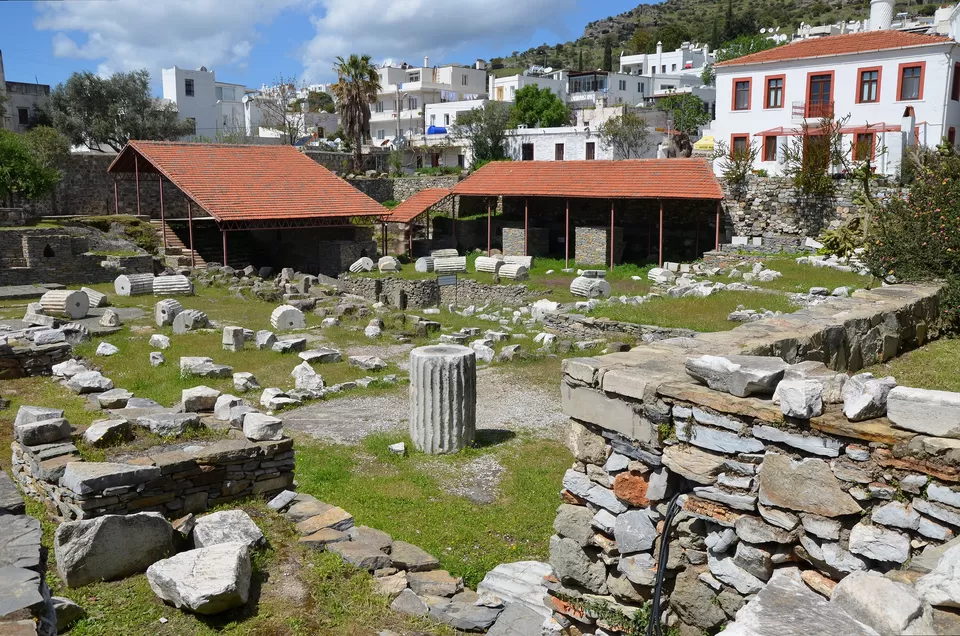
The Design and Construction of the Mausoleum
The Mausoleum at Halicarnassus was a masterpiece of architecture and art, and a marvel of engineering and craftsmanship. It was built on a hill overlooking the city, and measured about 45 meters (148 feet) in height, 30 meters (98 feet) in width, and 40 meters (131 feet) in length. It consisted of four main parts: a base, a colonnade, a pyramid, and a statue. The base was a rectangular platform that supported the rest of the structure, and was decorated with reliefs and friezes that depicted various mythological and historical scenes and figures, such as the battle of the Centaurs and the Lapiths, the life of Mausolus and Artemisia, and the gods and goddesses of the Greek pantheon. The colonnade was a row of 36 columns that surrounded the base, and created a peristyle, or a covered walkway, that allowed the visitors to walk around and admire the mausoleum. The pyramid was a stepped structure that rose above the colonnade, and had 24 levels that gradually decreased in size. The statue was a bronze sculpture that crowned the top of the pyramid, and represented Mausolus and Artemisia riding a chariot pulled by four horses.
The mausoleum was a fusion of different architectural and artistic styles and influences, such as the Egyptian, the Persian, and the Greek. It was designed by four renowned architects from Greece: Satyros, Pythius, Scopas, and Leochares. Each of them was responsible for one side of the mausoleum, and competed with each other to create the most beautiful and elaborate decoration. They also collaborated with some of the most talented and famous sculptors of their time, such as Bryaxis, Timotheus, and Praxiteles, who created the statues and reliefs that adorned the mausoleum. The result was a stunning and harmonious combination of form and function, of elegance and grandeur, of simplicity and complexity.
The Legacy and Influence of the Mausoleum
The Mausoleum at Halicarnassus was not only a magnificent monument, but also a significant and influential one. It was admired and praised by many ancient writers and travelers, such as Herodotus, Pliny the Elder, Strabo, and Vitruvius, who described it in detail and marveled at its beauty and splendor. It was also recognized as one of the seven wonders of the ancient world, along with the Great Pyramid of Giza, the Hanging Gardens of Babylon, the Statue of Zeus at Olympia, the Temple of Artemis at Ephesus, the Colossus of Rhodes, and the Lighthouse of Alexandria. These were the most remarkable and impressive structures of the ancient world, and represented the achievements and aspirations of the civilizations that built them.
The mausoleum was unique and remarkable among the other wonders, for several reasons. First, it was the only wonder that was built as a tomb, and not as a temple, a palace, or a lighthouse. Second, it was the only wonder that was named after a person, and not after a place, a god, or a concept. Third, it was the only wonder that was a combination of different styles and influences, and not a pure expression of one culture or tradition. Fourth, it was the only wonder that was built by a woman, and not by a man, a king, or a pharaoh.
The mausoleum also had a lasting impact and influence on later architecture and culture, and inspired and influenced many other monuments and buildings. For example, the Tomb of Cyrus the Great in Iran, the Tomb of Alexander the Great in Egypt, the Tomb of Augustus in Rome, the Tomb of Hadrian in Turkey, the Tomb of Humayun in India, and the Tomb of Akbar in India, all borrowed some elements and features from the mausoleum. The most famous and notable example of the mausoleum's influence is the Taj Mahal in India, which was also built by a grieving spouse, Shah Jahan, for his beloved wife, Mumtaz Mahal. The Taj Mahal has many similarities with the mausoleum, such as the rectangular base, the peristyle, the dome, and the chariot statue. The mausoleum also influenced the modern concept and design of mausoleums, and gave rise to the word "mausoleum" for any grand tomb.

The Fate and Preservation of the Mausoleum
Unfortunately, the Mausoleum at Halicarnassus did not survive the test of time, and suffered a tragic and gradual destruction. It was damaged by several natural disasters, such as earthquakes, fires, and floods, that weakened its structure and eroded its beauty. It was also plundered and vandalized by several invaders, such as the Macedonians, the Romans, and the Crusaders, who stole and destroyed its treasures and artifacts. It was finally demolished and dismantled by the Knights of St. John, who used its stones and materials to build a castle in Bodrum, the modern name of Halicarnassus, in the 15th century. The castle still stands today, and is one of the main attractions of the city.
However, not all hope is lost, and there are still some ways to appreciate and preserve the mausoleum. Some of its fragments and remains have been recovered and restored by modern archaeologists and historians, who have excavated and studied the site since the 19th century. Some of these fragments and remains are displayed in the British Museum in London, the Louvre Museum in Paris, and the Bodrum Museum of Underwater Archaeology in Bodrum. These museums also have models and reconstructions of the mausoleum, that give an idea of how it looked like in its original and complete form. There are also some efforts and initiatives to rebuild and reconstruct the mausoleum, and to revive its glory and splendor.
How to Plan Your Visit to the Mausoleum at Halicarnassus
If you are interested and intrigued by the Mausoleum at Halicarnassus, and want to see it for yourself, here are some tips and suggestions on how to plan your visit to the site.
- The best time to visit the mausoleum is between April and October, when the weather is warm and sunny, and the crowds are less. Avoid the peak season of July and August, when the temperatures are high and the tourists are many. You can also visit the mausoleum during the winter months, but be prepared for some rain and cold.
- The mausoleum is located in the city of Bodrum, which is about 270 kilometers (168 miles) from Izmir, the nearest major city. You can reach Bodrum by plane, bus, car, or ferry. There are regular flights from Istanbul, Ankara, and other Turkish cities to the Milas-Bodrum Airport, which is about 35 kilometers (22 miles) from the city center. You can also take a bus from Izmir, Ankara, or other cities to the Bodrum Bus Station, which is about 2 kilometers (1.2 miles) from the city center. You can also drive to Bodrum by following the D330 highway, which connects Izmir and Bodrum. Alternatively, you can take a ferry from Kos, Rhodes, or other Greek islands to the Bodrum Ferry Port, which is in the city center.
- The mausoleum is open every day from 8 a.m. to 5 p.m., except on Mondays, when it is closed. The entrance fee is 10 Turkish liras (about 1.2 US dollars), and there is no guide or audio guide available. You can explore the site on your own, or join a guided tour offered by some travel agencies or hotels. The site is not very large, and you can see everything in about an hour. You can also visit the nearby Bodrum Museum of Underwater Archaeology, which is housed in the Bodrum Castle, and displays some of the artifacts and models of the mausoleum. The museum is open every day from 9 a.m. to 6 p.m., except on Mondays, when it is closed. The entrance fee is 20 Turkish liras (about 2.4 US dollars), and there is an audio guide available for 10 Turkish liras (about 1.2 US dollars).
- The mausoleum is not the only attraction in Bodrum, and there are many other things to see and do in the city. You can enjoy the beautiful beaches, the lively nightlife, the colorful markets, and the delicious cuisine. You can also visit some of the other historical and cultural sites, such as the Bodrum Amphitheater, the Bodrum Windmills, the Myndos Gate, and the Mausoleum of Halicarnassus. You can also take a day trip to some of the nearby places, such as the ancient city of Ephesus, the thermal springs of Pamukkale, or the Greek island of Kos.
- There are many options for accommodation in Bodrum, ranging from budget hostels to luxury resorts. You can choose a place that suits your budget, preference, and location. Some of the popular areas to stay in Bodrum are the Bodrum Marina, the Bodrum Castle, the Gumbet Beach, and the Bitez Beach. Some of the recommended hotels in Bodrum are the Marmara Bodrum, the Salmakis Resort and Spa, the Bodrum Holiday Resort and Spa, and the Bodrum Beach Resort.
- There are also many activities and experiences to enjoy in Bodrum, depending on your interests and preferences. You can go sailing, diving, snorkeling, fishing, or parasailing in the crystal-clear waters of the Aegean Sea. You can also go hiking, biking, horseback riding, or quad biking in the scenic hills and valleys of the Bodrum Peninsula. You can also go shopping, dining, dancing, or relaxing in the vibrant and charming streets and squares of the Bodrum City. You can also go exploring, learning, admiring, or photographing in the rich and diverse history and culture of the Bodrum Region.

Conclusion
The Mausoleum at Halicarnassus is one of the most fascinating and impressive monuments of the ancient world, and a must-see for any traveler who loves history, architecture, or art. It is also a great opportunity to discover and experience the beauty and charm of Bodrum, one of the most popular and attractive destinations in Turkey. Whether you are looking for adventure, culture, or relaxation, you will find something to satisfy your curiosity and desire in Bodrum.
So, what are you waiting for? Book your trip to the Mausoleum at Halicarnassus today, and get ready for an unforgettable journey!


